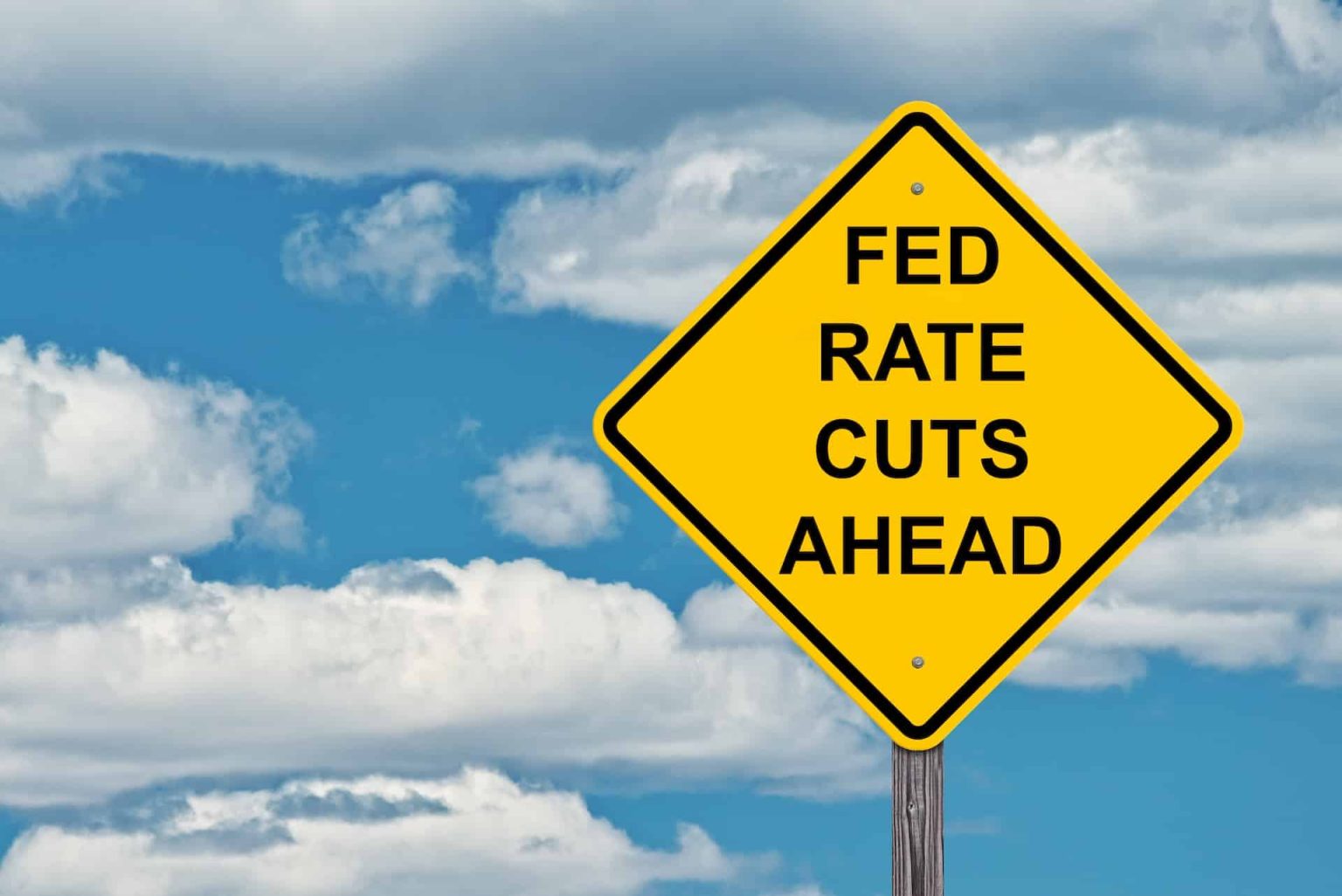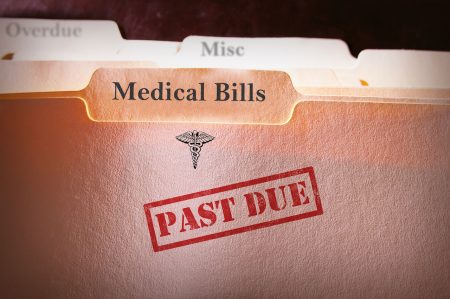Credit Sesame discusses the possibility of Feb rate cuts and whether an interest rate cut by the end of 2024 is likely.
The Federal Reserve opted not to cut interest rates at its latest meeting, even though its forecasts, data, and commentary indicated an imminent cut. The official statement reflects continued optimism that a rate cut will happen by the end of 2024. But there are no sure things in economics. Managing financial risk means considering what is likely to happen and also what could go wrong. Currently, the Fed seems on track for a rate cut this year. What could thwart that plan?
Multiple signs point toward Fed rate cuts
While the Fed did not cut rates in its July 30-31, 2024 meeting, it acknowledged that inflation has eased and is continuing to make progress toward its target of 2.0%.
The most recent set of economic projections shows that the Federal Open Market Committee (FOMC) expects a quarter-point rate cut between June 2024 (when those projections were released) and the end of the year. The FOMC is the subgroup of the Federal Reserve that sets interest rates, so its economic projections also signal the Fed’s intentions.
The Fed raised rates to fight inflation. So, when considering the chances of a rate cut, it’s noteworthy that inflation has been falling lately. The latest one-year increase in the Consumer Price Index was 3%. For the Personal Consumption Expenditures price index (the inflation measure the Fed most often cites), it was even lower at 2.5%.
Given inflation’s influence on interest rates, the relationship between the Fed funds rate and the inflation rate helps put things in perspective. Over the past 50 years, the Fed funds rate has averaged 0.97% higher than the inflation rate. Right now, it is more than 2% higher than inflation, which suggests the Fed has room to cut rates. Such a rate cut is widely expected. One-year Treasury yields are currently lower than 1-month yields, suggesting that investors expect rates to fall in the months ahead. A survey by investment newsletter Seeking Alpha found that 79.6% of readers expect a rate cut this year. Most of those expect it to occur when the Fed next meets in September 2024
What could go wrong?
At the beginning of 2024, the Fed’s economic projections included the equivalent of three 0.25% rate cuts this year. When inflation proved surprisingly stubborn early in the year, the Fed was forced to delay and ultimately water down its rate-cutting plans for 2024.
This is a reminder that even the Fed can’t say for certain what it will do months into the future. Its actions are driven be prevailing conditions. Inflation can be maddeningly persistent at times and this impacts interest rates. So many things influence inflation that there’s always a risk that it could flare up again. For example:
- An oil shock. Despite efforts to reduce the use of carbon-based fuels, oil remains essential to the world’s economy. Thus, the price of oil can often drive inflation – for better or worse. Over the past year, oil-based products have actually helped ease the inflation rate. According to the Energy Information Administration, retail gasoline prices in the United States declined by 3.5% from June of 2023 to June of 2024. However, oil and gas prices are often subject to sudden shocks. Domestic refining capacity constraints, geopolitical tensions and cartel intervention are just a few things that could send gasoline prices higher again – and inflation along with it.
- Other supply chain disruptions. Oil isn’t the only commodity subject to supply disruptions that can send prices higher. Global conflicts are already affecting the production and transportation of certain goods. Recent years have also seen examples of how aging infrastructure in the US can cause supply chain bottlenecks. These things can rapidly snowball, resulting in shortages that lead to fast-rising prices.
- A major labor strike. Labor shortages in the United States have led to several examples in recent years of workers flexing their bargaining power. A strike can have two inflationary outcomes. 1) The strike itself can cause shortages that push prices higher in the short term and 2) The resolution of the strike may involve higher wages that lead to long-term price increases
- Any unexpected event. The above are just some of the prominent inflation risks. Unexpected events are perhaps even more dangerous, as they are not even on the radar. Think how the pandemic affected the economy only a few years ago.
If there are no Fed rate cuts, what can consumers do?
A rate cut this year is probable but by no means a sure thing. Instead of hoping for an interest rate cut, consumers who want to lower their interest payments may consider two strategies:
- Reduce your debt. Credit card balances and other debt mushroomed in recent years. Consumers may have felt they deserved to splurge after enduring pandemic shutdowns, but now’s the time to pay down some of that debt. Otherwise, interest payments could continue to increase, even with a general rate cut.
- Work on your credit score. Lenders are tightening credit standards. One way they do that is to raise interest rates for customers with poor credit scores. This could dilute or even completely negate the impact of any Fed rate cuts. Regardless of what the Fed does, a recognized way to get a lower interest rate is to improve your credit score.
The Fed’s actions deserve close attention in the months ahead, but there is little consumers can do to influence their decisions. What you can do is manage how your use of credit affects your interest costs.
If you enjoyed Are there Fed rate cuts ahead? you may like,
Disclaimer: The article and information provided here is for informational purposes only and is not intended as a substitute for professional advice.
Read the full article here










